This post may contain affiliate links, which means that I may receive a commission if you make a purchase using these links.
Spring foraging season is an exciting time of year, as there are many buds, shoots, flowers, tender greens, and even mushrooms to find–and eat. Read one for some of my favoring common wild edibles to forage during this time of year.
Spring is my favorite time of year. Here in the Northeast, longer and warmer days are a welcome change after a long winter.
Of course, its during this time that greenery and evidence of new plant life almost suddenly springs up around us. If we look closer, a good number of the tender shoots and greens of spring are edible.
Spring is an exciting time to forage because many plants are only edible for a short window of time, and will grow too fibrous and woody to eat later in the year. Other plants are at their tenderest and tastiest during the spring. Finally, many edible flowers and mushrooms are only available in the spring.
Spring foraging can be a whirlwind, but this guide will help you identify, forage and prepare a few key common wild edibles available during this time to get you started. Let’s get into it!
This post is all about spring foraging.
Note: Please use caution when foraging plants for consumption. Do not eat foods you are not comfortable with identifying.
Spring Foraging Plants
Dandelion (Taraxacum officinale)
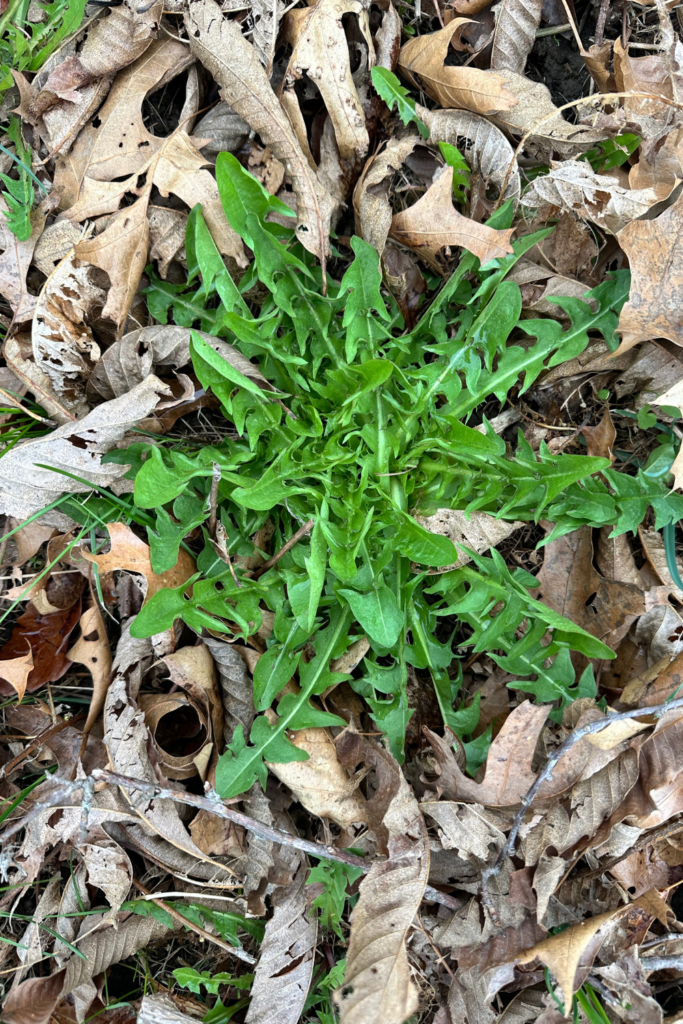
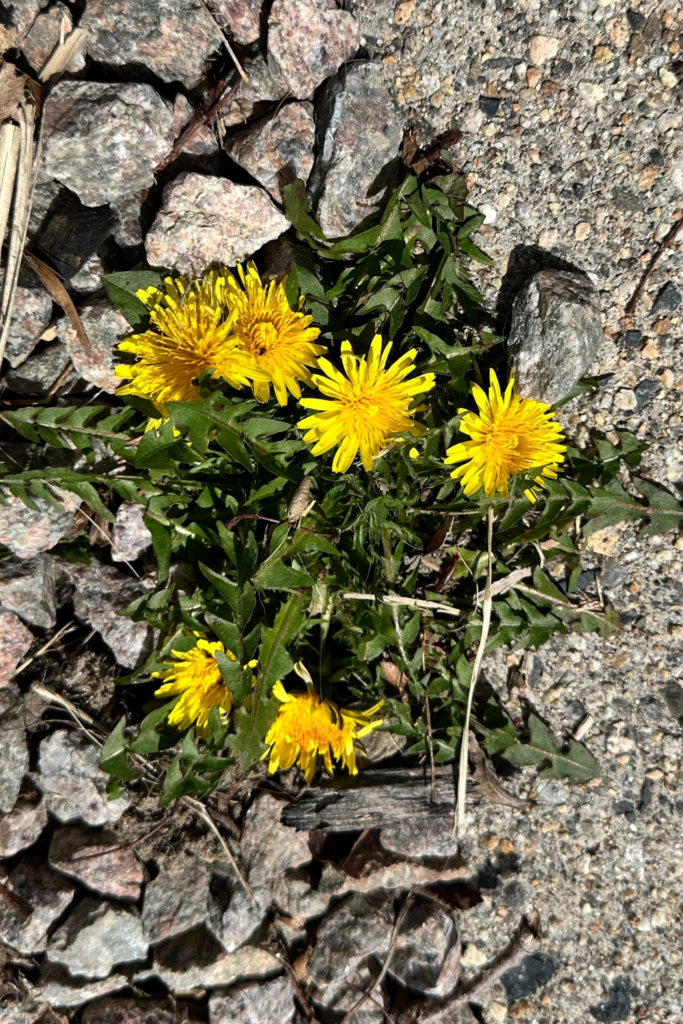

Dandelion are an excellent foraging find for beginners. Almost everyone can identify a dandelion! Dandelions are so named for their jagged, lions’ teeth leaves.
How to find: Early in the spring, dandelions can be identified by their leaves, which will be growing in a rosette shape low to the ground. The leaves look like arrow heads pointing away from the center of the rosette. Dandelion’s characteristic sunny flower shows later throughout the spring.
How to eat: Dandelion leaves are at their most delicious in the early spring, and can be eaten raw as a salad green. Eat them before the flower stalk comes up! However, all parts of the dandelion are edible, with the flower and root having medicinal properties. Try making a dandelion wine with the flowers.
Stinging nettle (Urtica dioica)
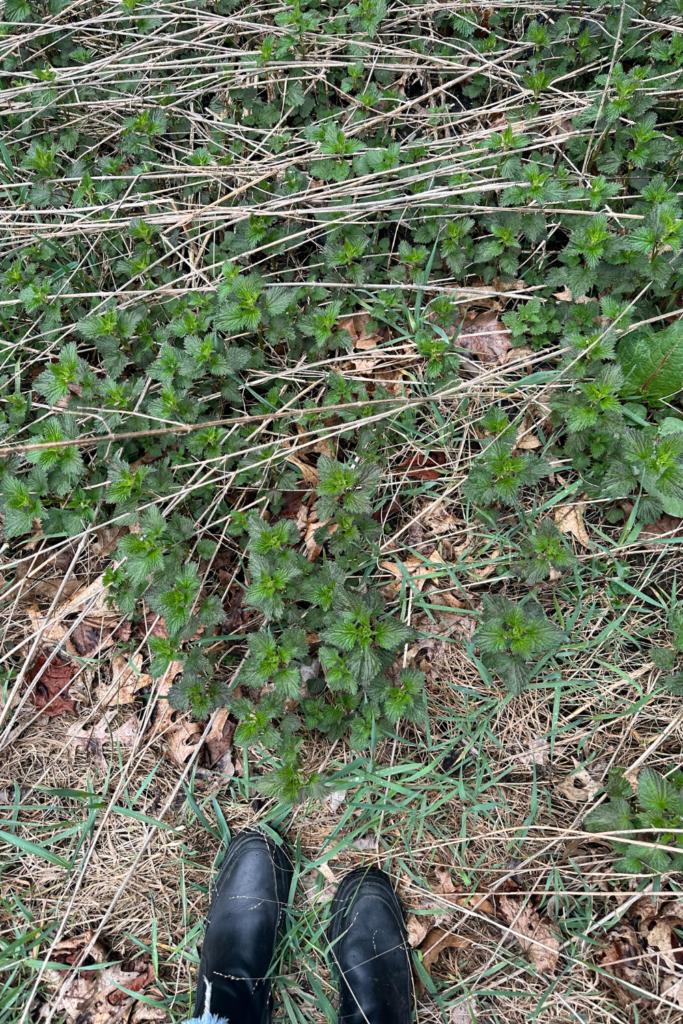

Stinging nettle gets its name from its fine, hair-like structures that contain irritants that burn or sting when touched. However, the early spring is the perfect time to collect stinging nettle because these hairs are not fully developed and you can harvest barehanded!
How to find: Why would you want to harvest such a feisty plant? Well, stinging nettle is chock full vitamins, minerals and antioxidants. As such, stinging nettle has been a staple health tonic in many ancient herbal medicine practices.
How to eat: The stinging hairs can be deactivated by cooking or drying. I like to drink nettle as a tea, and dry bunches of it in my dehydrator every spring. Stinging nettle can also be used as a replacement for spinach. Blanching is the ideal cooking method for stinging nettle. Blanch nettle by boiling in hot water for three minutes and cooling in an ice water bath.
Purple dead nettle (Lamium purpureum)
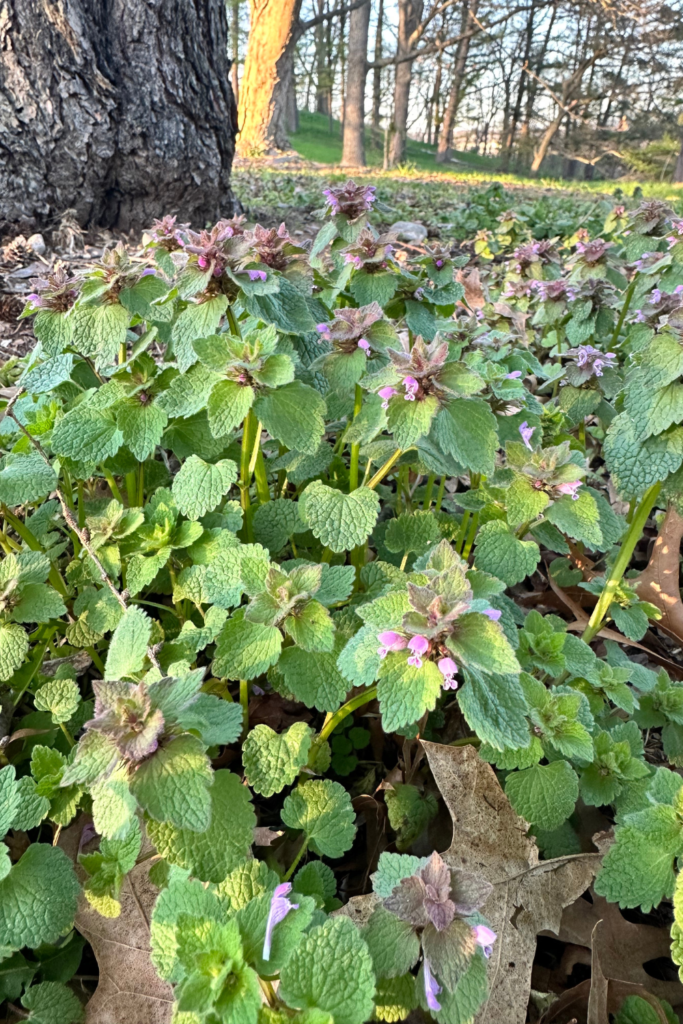

Dead nettle is so named because of its supposed resemblance to stinging nettle, but without the risk of getting stung (hence “dead.”) While dead nettle is not actually related to stinging nettle, it is quite common.
How to Find: Purple dead nettle is often considered a weed and can be found in lawns, urban areas, and disturbed soils all over the United States and Canada. Purple dead nettle often grows low to the ground (up to 7-8 inches) and has softly fuzzy leaves that are a gradient of green to purple to from the base to the top. Flowers are bright purple.
How to Eat: Purple dead nettle is completely edible. The tops of the young plants are especially tasty as a garnish or ingredient in salad. Use purple dead nettle anywhere you would use any other fresh green, keeping in mind the fuzzy leaves can be texturally off-putting for some.
Garlic mustard (Alliaria petiolata)
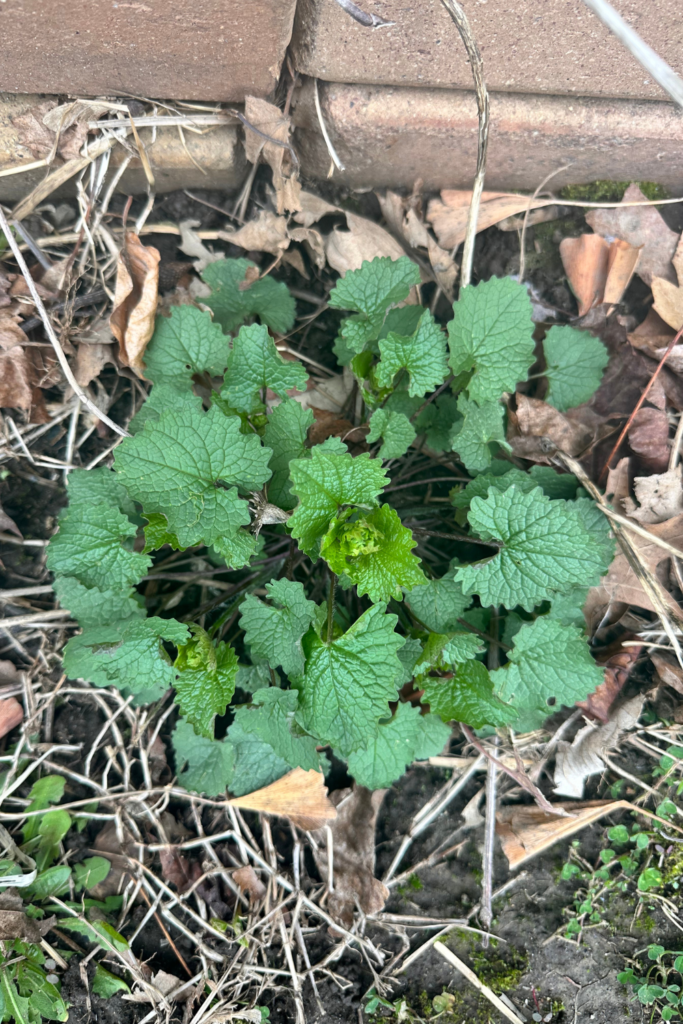

Garlic mustard is invasive to North America. I would encourage you to pull the entire plant out of the ground when harvesting to do your part in controlling this pervasive plant!
How to find: Once you learn to identify garlic mustard, you will see it everywhere. Leaves are heart-shaped and broadly toothed. First-year plants grow in small rosettes close to the ground. These plants will become mature, flowering second-year plants the following season. However, garlic mustard is perhaps best identified by ripping a leaf off and giving it a whiff–it will smell like garlic!
How to eat: I recommend eating second-year plants, as they are bigger, leafier, and tastier. Garlic mustard is an excellent addition in garlicky and green recipes like pesto.
Fiddlehead ferns, or the ostrich fern (Matteuccia struthiopteris)
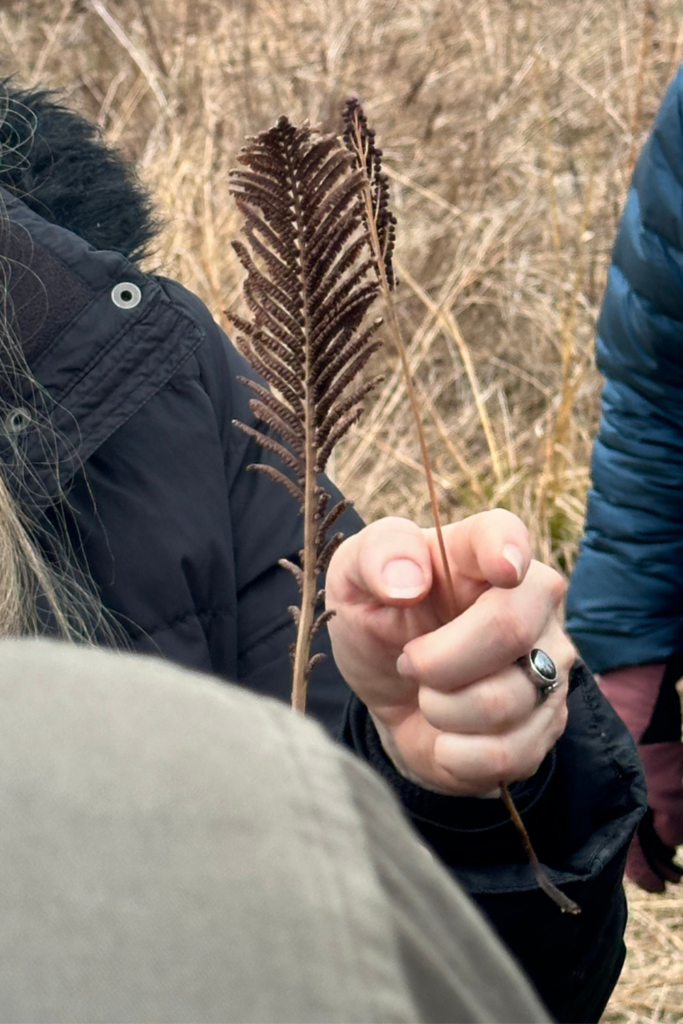

Fiddlehead ferns are the poster child of spring foraging. So called ‘fiddleheads’ are actually the immature fronds of the ostrich fern.
How to find: Mature ostrich ferns can be identified by their ostrich-feather appearance. The edible immature fronds have papery brown scales that can be scraped off before cooking.
How to eat: Do not eat fiddlehead ferns raw! Fiddlehead ferns need to be cooked before eating, as they contain a small amount of toxin that is removed by the cooking process. Fiddlehead ferns are an extremely tasty vegetable side that taste almost like asparagus.
Wild violet (Viola sororia)
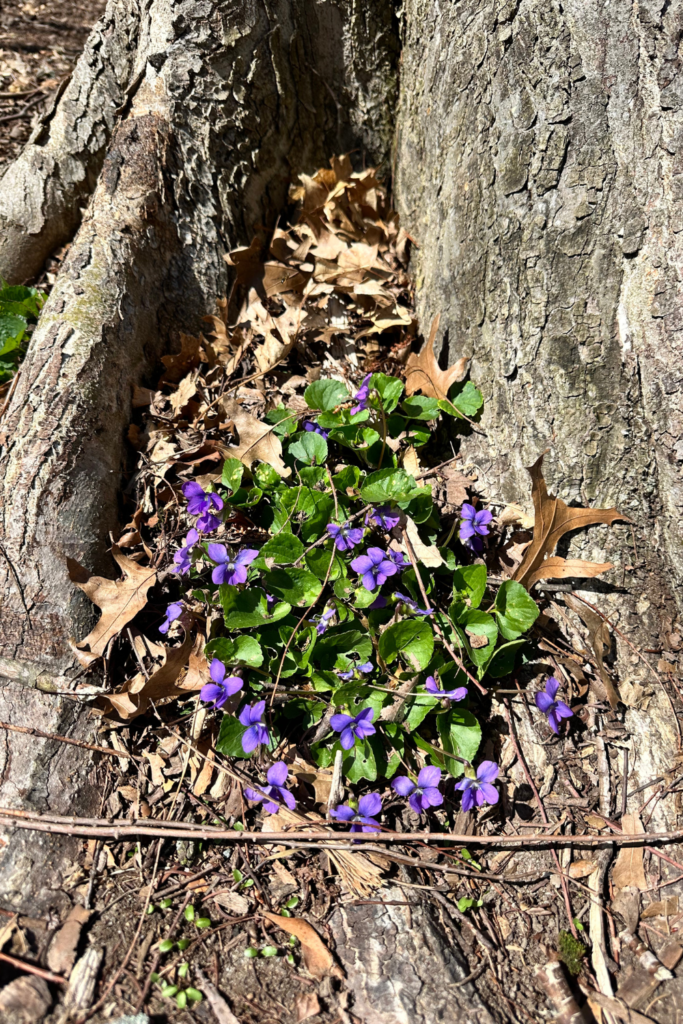

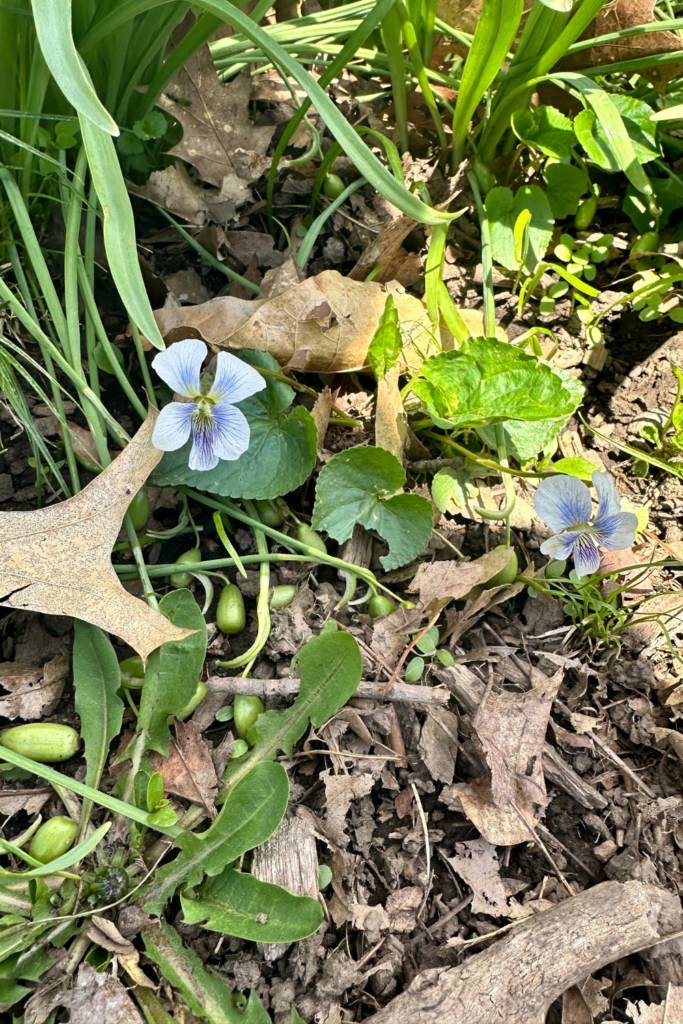

Many know violets by their cultivars available in garden shops across the country. However, there is a wild violet (known as common blue violet) that is native to the eastern half of North America.
Wild violets are truly one of my favorite edible flowers to work with–they are so pretty and have some really interesting properties.
How to find: Wild violets are probably most recognizable by their purple, three-petaled flowers that droop slightly from the stem. (Some wild violets are white with purple streaking.) Wild violets have heart shaped leaves.
How to eat: Both the leaves and flowers of the wild violet are edible. Wild violet flowers are pretty, making them a natural candidate for desserts and garnishes. I often freeze violet flowers in ice cubes for a eye-catching addition to beverages.
Violets also make a stunning blue tea or simple syrup. Add an acid like lemon juice to the brew, and a chemical reaction will magically change the color of the brew from blue to pink.
Hemlock varnish shelf (Ganoderma tsugae)
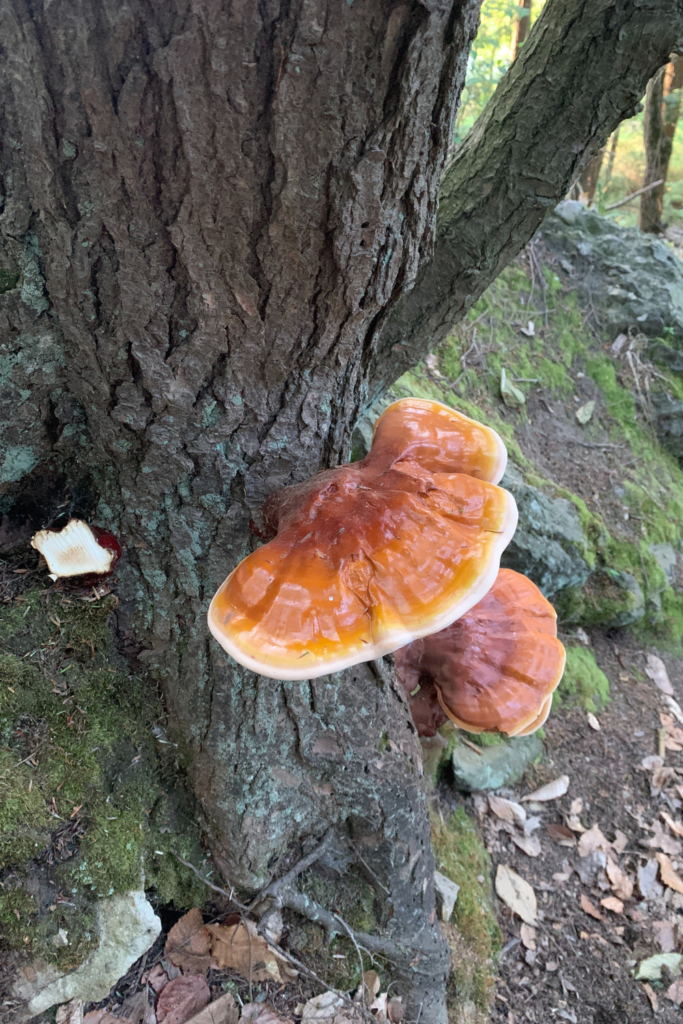

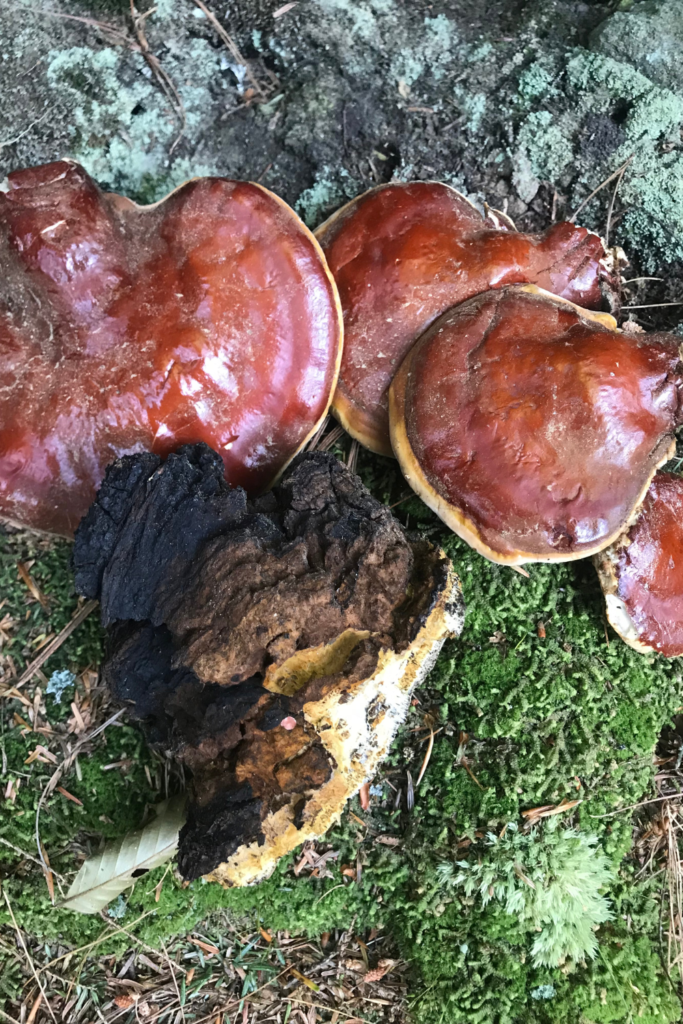

You may have heard of reishi mushroom, due to its popularity in the Western health food scene in recent years. However, reishi (Ganoderma sichuanense) has been used in traditional Asian medicine for millennia. Reishi’s relative Hemlock varnish shelf (Ganoderma tsugae) grows on hemlock trees.
How to find: Hemlock varnish shelf can be found on conifers, but especially hemlocks. I have found Hemlock varnish shelf on eastern Hemlocks throughout the New England area in May and June. Hemlock varnish shelf is kidney shaped, and a shiny maroon color with yellow/white margins.
How to eat: Hemlock varnish shelf can be prepared for traditional medicinal purposes as you would with reishi. It’s too woody to be edible outright. I slice and dehydrate hemlock varnish shelf to be used in decoctions, like this mushroom chai tea.
Foraging Resources
This is my favorite field guide to finding edible plants in the eastern half of the United States.
Hi, I’m Leslie, the founder of PunkMed
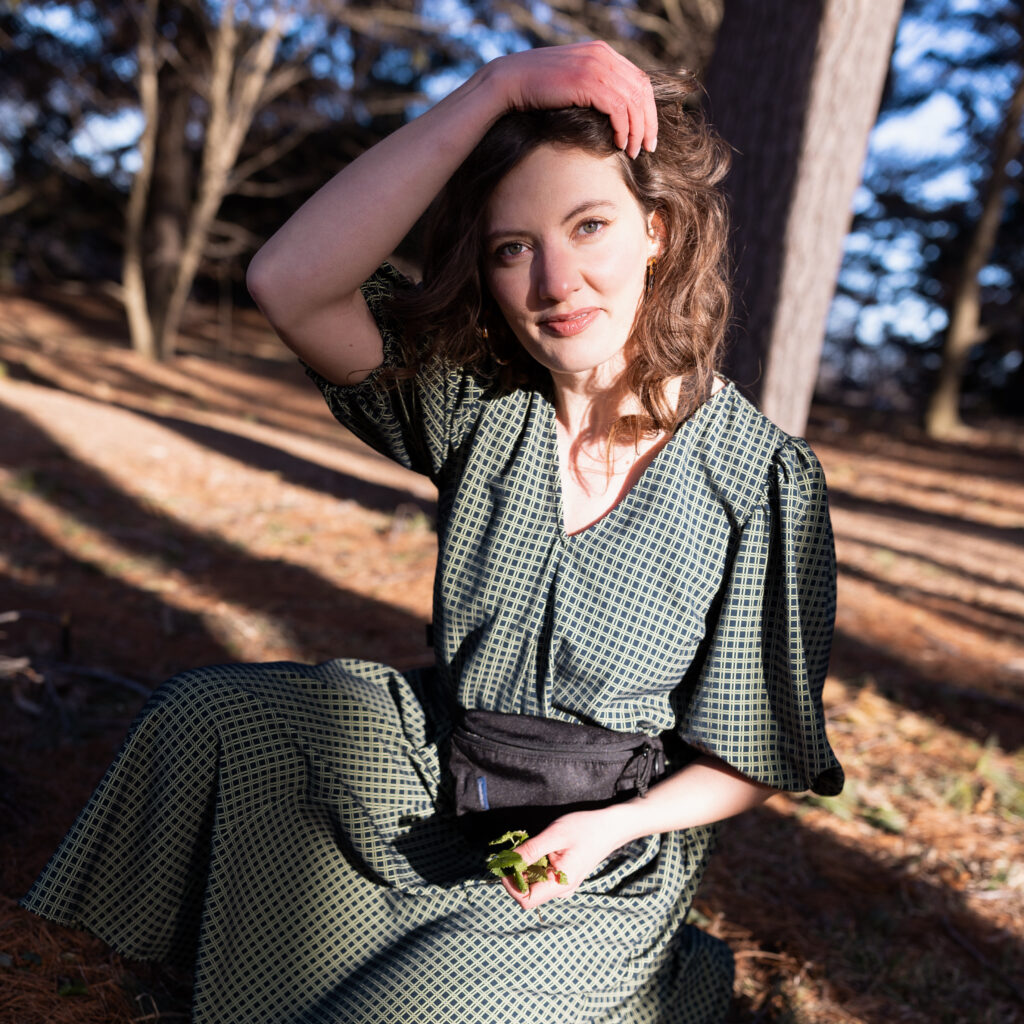

Hello friend! I’m so glad that you stopped by my blog today. I had a blast sharing my favorite spring foraging finds. If you’re into foraging, urban homesteading, or living a more sustainable life–stick around! Be sure to join my email list, or come hang out on Instagram!
This post was all about spring foraging.

